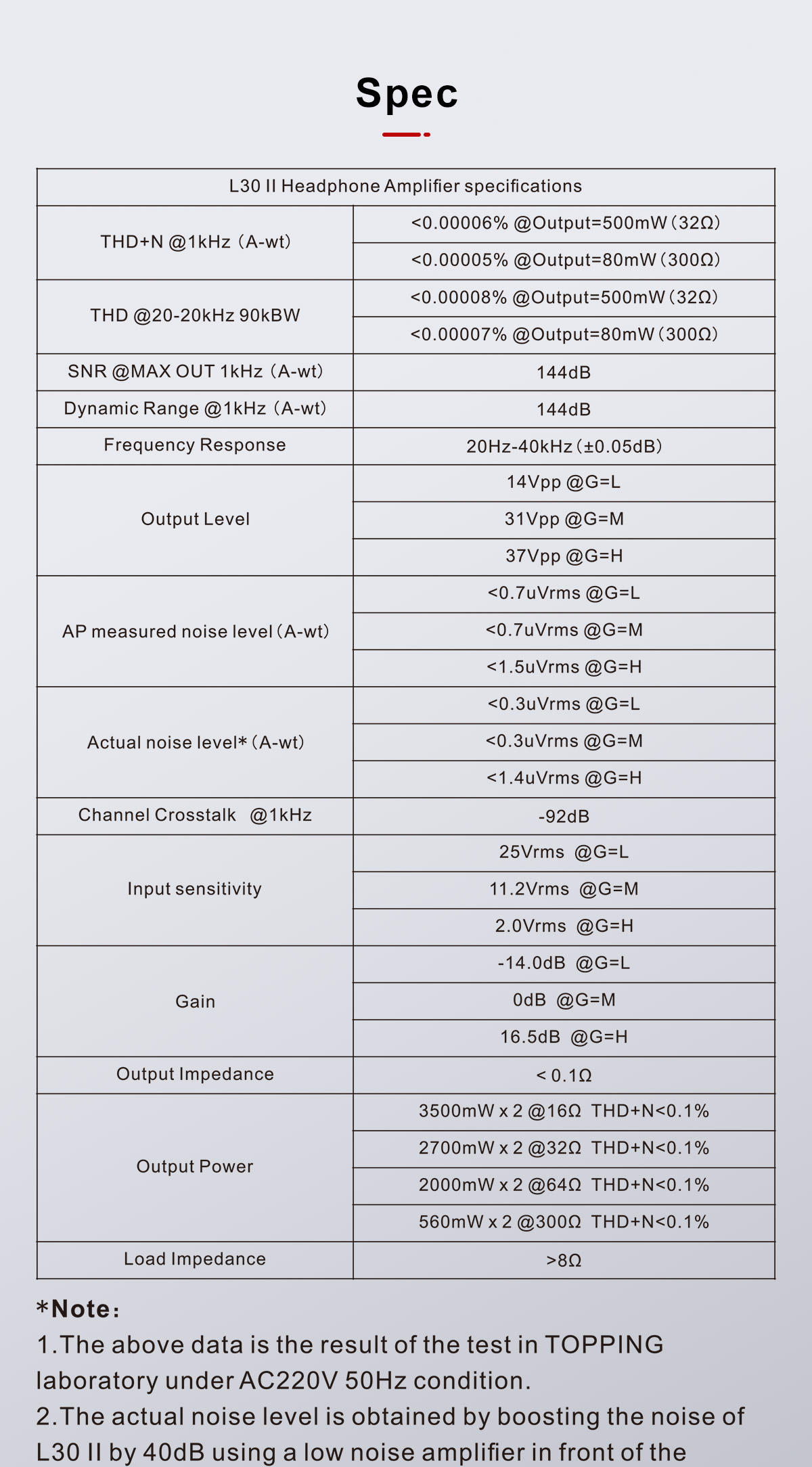Yep, that can be an issue and is sometimes cleverly employed to mislead. For example noise floor is usually given in dB but often it’s not clear that it’s dB(A), which is a weighted scale that will appear to be significantly better than an unweighted scale. For example, which has the lowest noise floor, a DAC with a noise floor of -123dB or one with a noise floor of -120dB? It’s impossible to know for sure but if the -123dB is dBA, then probably the other one!High Gain = 16.5db, for example. I don't know which of the 50 that is.
In your case it’s probably fair to assume it’s dBV, although in the case of an amp, it might be dBW.
G





